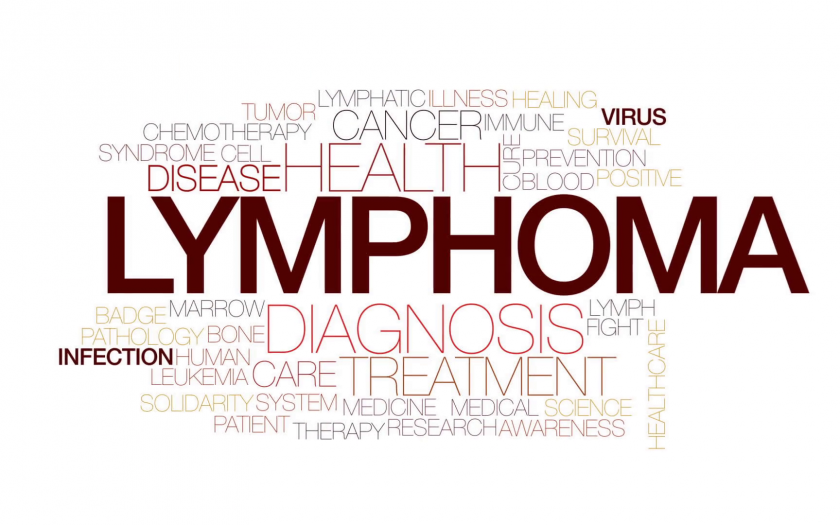Lymphomas are a kind of malignant tumors, affecting primarily the lymphatic system of the organism, consisting of lymph nodes, united by the system of small vessels. With lymphomas, lymphocytes have unlimited division, and as a result, become a “tumorous” lymphocytes. Their descendants inhabit lymph nodes and/or various internal organs, causing a violation of their normal functioning. The term “lymphoma” combines more than 30 diseases. There are two main types of lymph: Hodgkin’s lymphoma and non-Hodgkin’s lymphoma.
In the early stages, Hodgkin’s lymphoma has no specific symptoms. Pathological processes can spread to virtually all organs, accompanied by marked symptoms of intoxication.
The clinical picture of diseases
The first manifestation of Hodgkin’s lymphoma is usually an increase in lymph nodes; in 60-75% of cases, the process begins in the cervical-supraclavicular lymph nodes, a little more often on the right side. As a rule, the expansion of peripheral lymph nodes is not accompanied by a violation of the patient’s state of health.
The enlarged lymph nodes are mobile, flattened, not soldered with skin, in rare cases it is painful. Gradually, and sometimes rapidly increasing, they merge into large conglomerates. Some patients have pains in enlarged lymph nodes after taking alcohol.
In 15-20% of patients, Hodgkin’s lymphoma begins with an increase in the lymph nodes of the mediastinum. This increase may be accidentally detected by fluorography or it is maybe late detection when the size of the conglomerate is significant. Then arise such symptoms as coughing, shortness of breath and symptoms of displaced organs into the upper cavity of the chest (one-sidedness and cyanotism of the face, shortness of breath), less often – sore throat pain.
In isolated cases, Hodgkin’s lymphoma begins with an isolated defeat of the lymph nodes parathyroid glands (retroperitoneal, located along the spine). There are complaints of back pain.
At 5-10% of patients with lymphoma, Hodgkin disease begins acutely with fever, night sweats, fast weight loss. The incidence is accompanied by early leukopenia and anemia.
Treatment of Hodgkin’s disease
In recent years, significant results have been achieved in Hodgkin’s disease. The goal of treatment is a complete cure. There are two main methods of treatment: chemotherapy (the use of drugs destroying tumor cells) and irradiation. Approximately 90% of patients are cured by chemotherapy and irradiation.
Under chemotherapy refers to the use of antitumor drugs destroying tumor cells (CeeNU, CeeNU 40). Usually, such medications are prescribed internally or in the vein. Often, several dasgs are used at the same time. Persons who have undergone treatment for Hodgkin’s disease, must for many years and decades be under close medical supervision, follow doctor`s recommendations, and report immediately about anyone symptoms. Treatment of Hodgkin’s disease is aimed at the destruction of all tumor cells.

